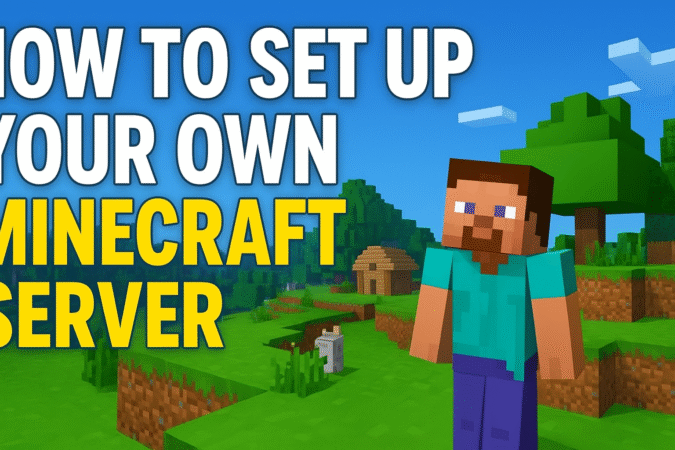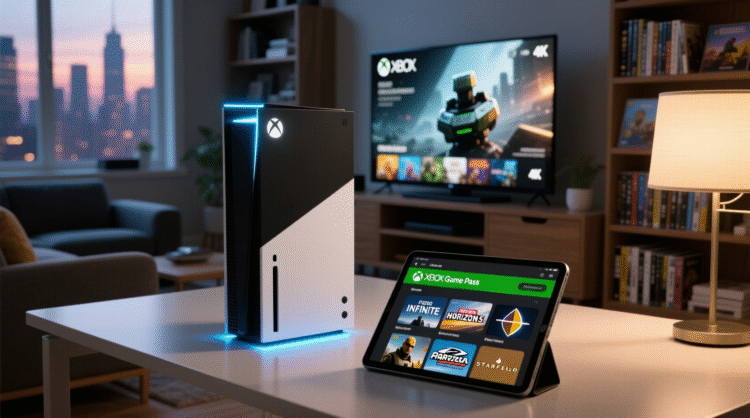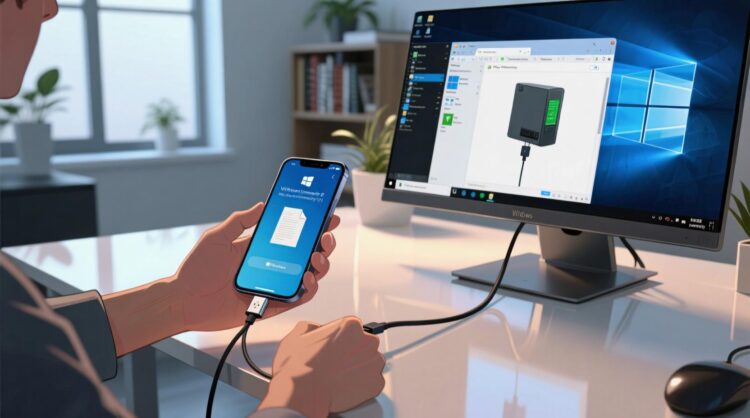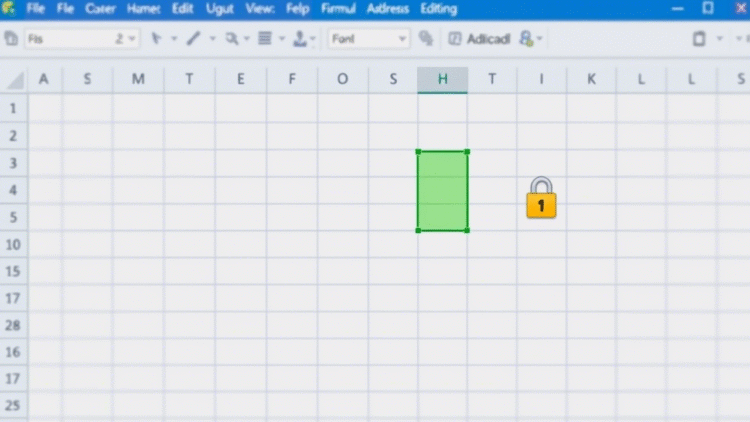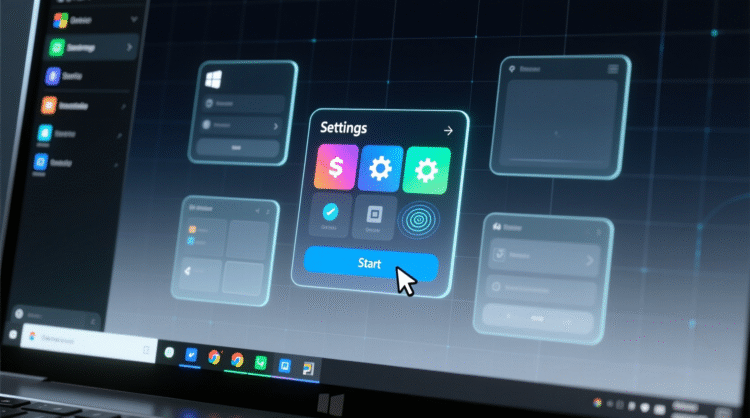
HowToForYou.com – Running a private Minecraft server has become one of the most popular ways for gamers to customize their experience, build exclusive communities, and enjoy full control over their virtual worlds. While third-party hosting providers remain a convenient option, many players are discovering that setting up a server on their own PC is more affordable—and surprisingly accessible—if you’re comfortable with a bit of technical work.
This guide walks through the essentials of launching a Minecraft server in 2025, covering preparation, setup, configuration, and security considerations.
Why Host Your Own Minecraft Server?
Creating your own server goes far beyond just saving money. It gives you full administrative control, meaning you decide the rules, gameplay settings, and community guidelines. From enabling PvP battles to customizing spawn protection, you are in charge of the world’s parameters.
Unlike public servers, where the experience is dictated by someone else, a personal server lets you:
-
Tailor difficulty levels to your playstyle.
-
Control who has access, reducing the risk of griefers.
-
Add custom mods and world seeds.
-
Experiment with admin commands to instantly change time, weather, or spawn resources.
For families, friends, or small communities, it’s a way to create a private digital playground that operates on your terms.
Preparing Your System
Before diving into setup, ensure your PC is ready:
-
Update Java – Minecraft servers run on Java, so download the latest version from the official Java website. Verify your installation by typing
java -versionin Command Prompt. -
Organize Your Files – Create a dedicated folder for server files to keep things clean and avoid clutter.
-
Download Server Software – Grab the official Minecraft server .jar file from Mojang’s website and place it in your new folder.
Launching the Server
You can technically double-click the server file, but the more efficient method is through the command line:
-
Open Command Prompt and navigate to your server folder.
-
Run:
This prevents the graphical interface from opening, saving system resources.
-
Accept the End User License Agreement (EULA) by editing the generated
eula.txtfile and changingeula=falsetoeula=true. -
Relaunch the server, and your world will begin generating.
Optimizing Startup with a Batch File
For smoother operation, many hosts create a batch file (.bat) to start their server automatically with custom memory allocation. Example command:
Here, -Xmx and -Xms determine the maximum and minimum memory assigned to the server, ensuring more stable performance during gameplay.
Key Configuration Options
Your server.properties file is the control center. Here are some of the most useful settings to tweak:
-
gamemode – Switch between survival, creative, or adventure.
-
difficulty – Adjust to peaceful, easy, normal, or hard.
-
pvp – Enable or disable player-versus-player combat.
-
max-players – Limit the number of simultaneous logins to match your system’s RAM.
-
motd – Customize the server’s welcome message in the multiplayer menu.
Setting Up Port Forwarding
If you want friends outside your local network to join, you’ll need to configure your router:
-
Default Port – Minecraft uses TCP port 25565.
-
Local IP – Find it using
ipconfigin Command Prompt. -
Forwarding – Direct the port to your machine’s IP address.
Important: Only share your public IP with trusted players. Broadcasting it online can expose your home network to risks. For higher security, some players choose a Virtual Private Server (VPS) or professional hosting provider.
Joining the Server
Connecting is straightforward:
-
Open Minecraft, select Multiplayer, then Add Server.
-
Enter your server’s name and public IP address.
-
Save and join—the server owner appears in the player list automatically.
Final Thoughts
Running a Minecraft server in 2025 is a blend of creativity and technical know-how. While hosting providers remain a safe bet for larger communities, a self-hosted server offers unmatched flexibility for smaller groups who value customization and control.
As Minecraft continues to evolve, so do the ways players can interact with it. Setting up your own server not only gives you freedom but also opens the door to unique experiences that aren’t possible on public servers.
